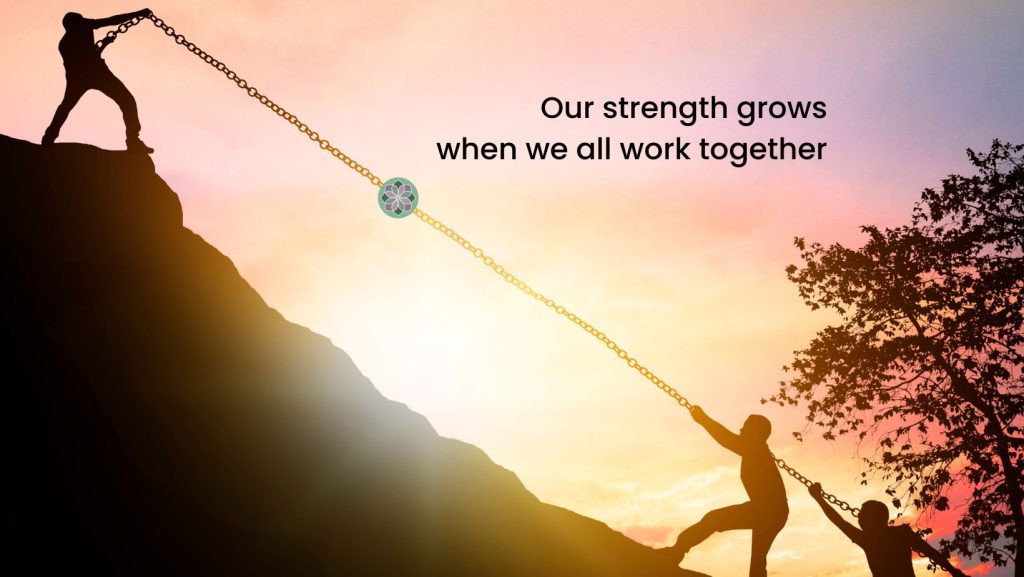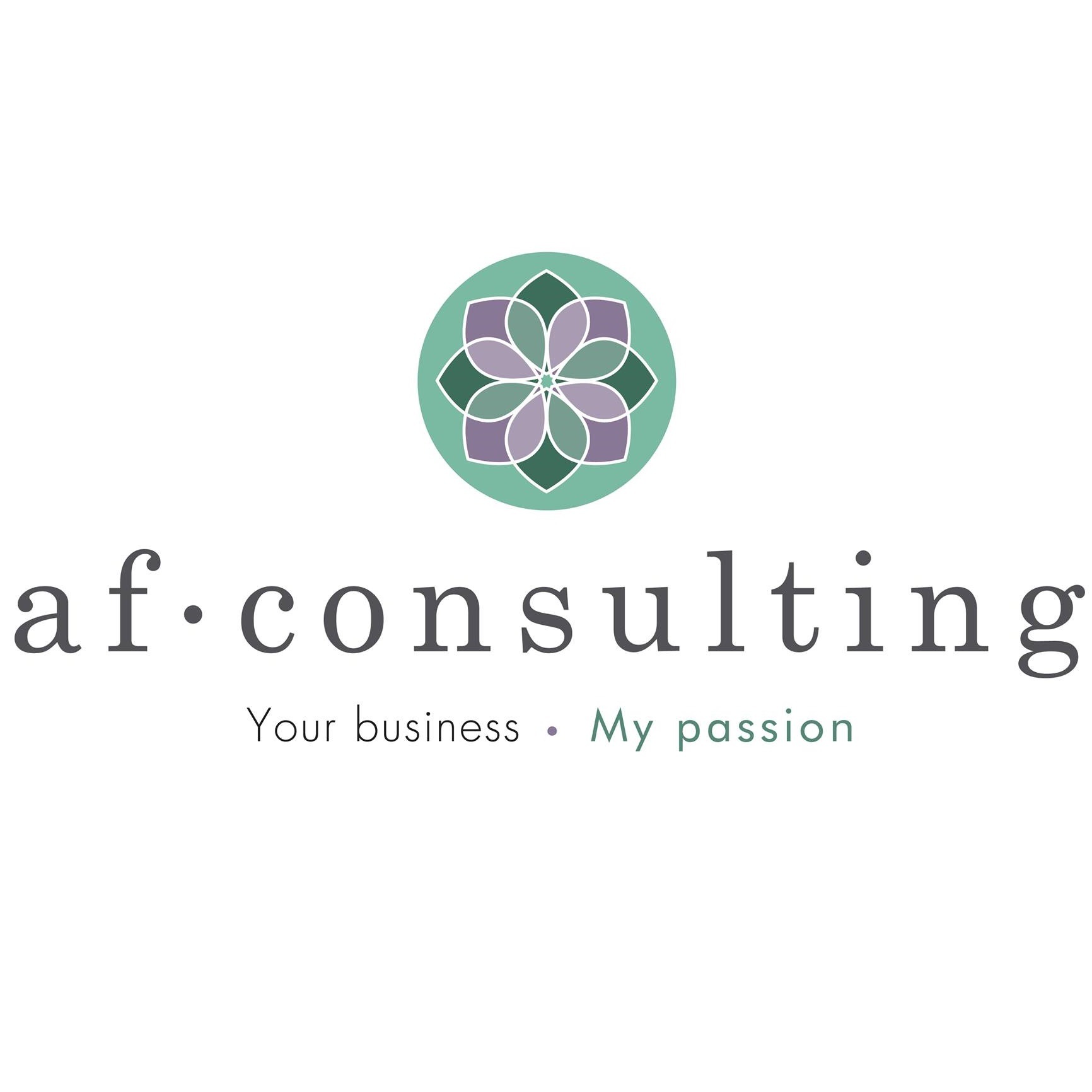Unconscious Bias in The Workplace
DON’T BE THAT BOSS!
by Elodie Doubell | May 8, 2023 | Management
Unconscious bias in the workplace is a subconscious preference that may have an effect on your opinion based on facts or experiences from your past. These biases can negatively affect companies such as during the hiring process when managers are considering different candidates or treating certain employees differently than others just to name a few.
Unconscious biases are not illegal like how employment discrimination is against the law. However, unconscious bias in the workplace is still frowned upon.
Below, we will look at different types of unconscious bias and what you can do to keep it out of your workplace.
5 Examples of Unconscious Biases in the Workplace
1. Ageism
This idea could be a result of a person’s belief that a person’s age is related to their work abilities, knowledge, or skill.
How to Avoid: Management can combat ageism by including younger and older employees together in a group to have them interact and form positive relationships.
2. Conformity Bias
Conformity bias is similar to peer pressure in the sense that a group’s opinion can affect the opinion or decision-making of another person.
How to Avoid: Companies can use methods such as making opinions anonymous, perhaps through writing, which can reduce or eliminate this unconscious bias in group settings.
3. Weight / Height / Beauty Bias
This focuses entirely on the appearance of an employee or candidates for a job rather than their potential to contribute to the business.
How to Avoid: By looking solely at the person’s work performance rather than their physical appearance. In the hiring stage, candidates should be considered based on their qualifications and not their attractiveness.
4. Gender Bias
Gender bias is when one particular sex is treated more favorably than the other sex by receiving better treatment through hiring, promotions and other work benefits.
How to Avoid: For example, if employees are being considered for a promotion, an employer should think about whether it would make a difference if a male or female were in those positions.
5. Attribution Bias
When a person tries to evaluate or try to understand why another person behaves the way that they do. This means that a person will try to make attributions or assumptions about certain people based on their actions.
How to Avoid: Attribution bias can be avoided by maintaining a neutral approach on the grounds of gender during reviews and for feedback.

By recognizing that these biases should be eliminated and prevented from entering the workplace, business owners can take a step in the right direction for creating a diverse work environment.
To avoid any serious consequences, let us assist you with recruitment, labour disputes and performance management to prevent biased decision-making in the workplace.












































